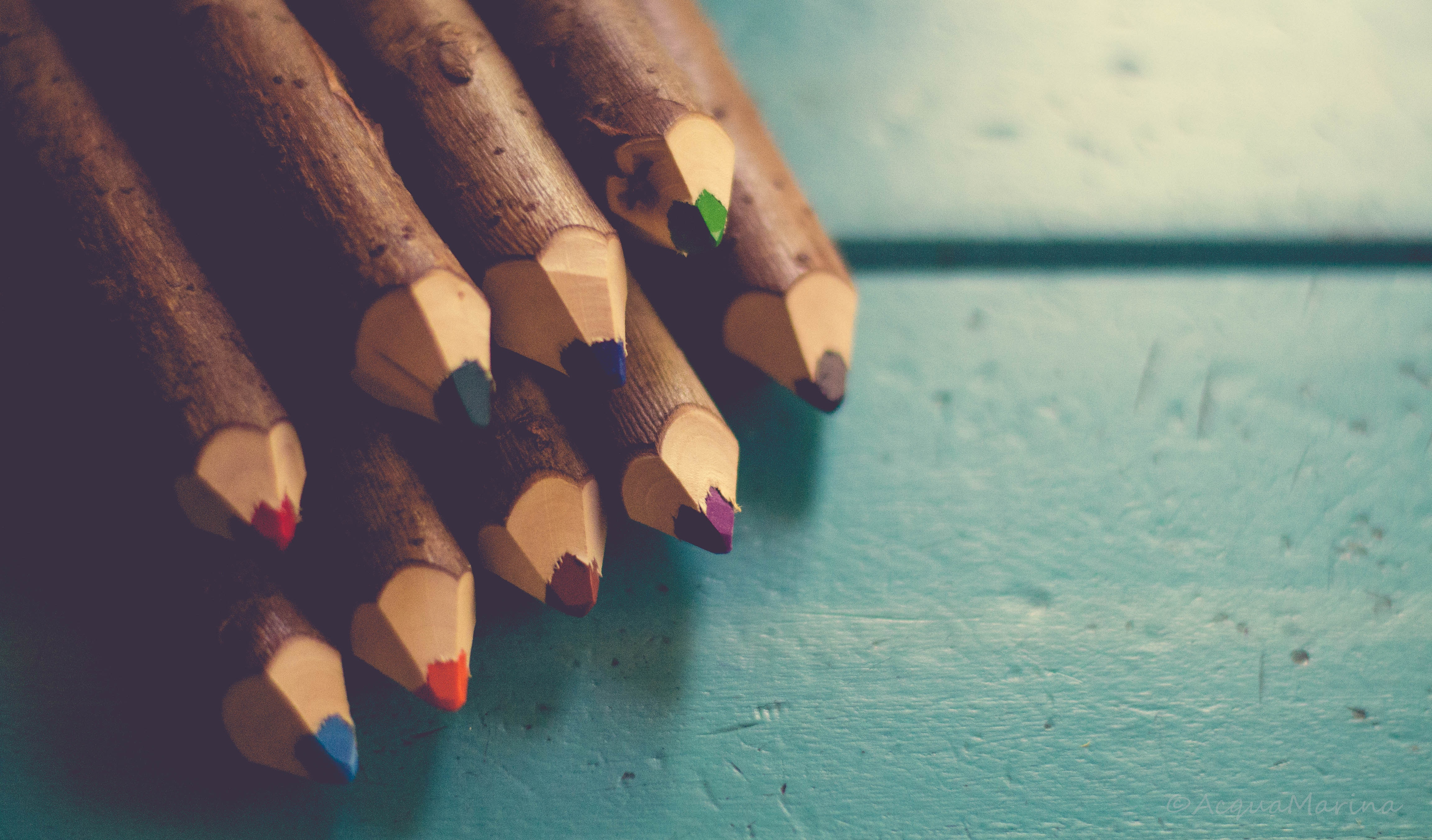The Reggio Emilia approach to schooling and nurturing children is unique, especially the way in which the environment in which children learn is emphasized. The classroom is referred to as the “third teacher” and plays a big role in children’s education and development. We will explore how utilizing the classroom as a teacher is central to Reggio Emilia, and how this impacts learning. The classroom is sometimes overlooked as just a space in which learning takes place, but Reggio Emilia elevates the environment to an important and vital part of education and creativity.
How Can the Environment Teach?
What exactly does being a “third teacher” mean? The Reggio Emilia approach is unique in that it gives a lot of learning control to the student, and the direction of learning and exploration rests with the interests of the child. Giving the student control means that they will use their environment as a springboard for learning, and they will interact with the environment around them to find their next interest. Creating a space that has learning opportunities, and is filled with objects that inspire wonder and imagination establishes the environment as another entity that can teach. At a young age, kids take in most of their learning through physical, tactile play, and the Reggio Emilia approach embraces that form of active learning. Children need space to move around and play, and in giving them an environment conducive to their interests you create a great platform for learning. What are the aspects of the environment that make this form of learning possible?
Aesthetics
The way that a room looks can define how it is used, and the Reggio Emilia approach believes in making spaces beautiful and accessible. Children can appreciate beauty just as well as adults, and love to play in organized, well-designed spaces. Reggio Emilia believes that nurturing a creative, aesthetic awareness early on can help children appreciate and create art throughout their lives. A classroom that inspires wonder, and has an aesthetic beauty will help children to create, learn, and grow. As beautifully summed up by educator Vea Vecchi: “An aesthetic sensibility is the greatest protection we can raise against violence and indifference [personal, cultural, and environmental]… and must be sustained and nourished at all costs.” Color and light, both of which can be bright, harsh, and even glaring in traditional schools, are soft and quiet in a Reggio Emilia classroom. Windows are emphasized, and the importance of bringing thebeauty of nature inside is embraced. Natural objects that are inherently beautiful are used, and provide play and learning opportunities while maintaining an aesthetic beauty.
Function
At the same time that the aesthetic beauty of a space is emphasized, each item found in a classroom needs to have an important function in a child’s development. A cluttered environment does not foster learning, and things need to be organized, accessible, and easily understood to be used. While children take the lead in creativity, the way that the classroom is arranged can have a big impact on what objects they use, and whether they even know certain things are available to them. Having established zones that clearly communicate what activities can be done in them is important, and grouping items together that are used in projects or play is essential. Each item in a classroom should be carefully curated to be useful and inspiring. This is not to say that the items will be used exactly as the adults might envision them (and this is the beauty of letting children lead the learning), but they will have a designated spot to return to. All areas of play should be organized, yet allow for fluid learning around the classroom and the school.
Community

interaction between the children in the classroom, and also the adults and teachers. Fostering an environment where children feel confident and capable is crucial, and this is why the room should be organized so that the students can always find their supplies and return them. Giving even very young children responsibilities in the classroom helps them to care about their surroundings, and their fellow students. A classic Reggio Emilia school design is the central piazza, or town square, that joins the different classrooms together. It is this community meeting area that fosters interaction, sharing of ideas, and links together ages and abilities that may be compartmentalized in a traditional school
setting. This central area is also where a student’s work can be showcased, and documented, which is a large focus of the Reggio Emilia approach. Windows and open spaces are also used to visually connect classrooms that often feel closed off from one another. All ages and ideas are encouraged to come together to inspire creativity and play.
Provocation
While children are considered citizens of the world from the moment they are born, and should take a lead role in their learning, the responsibility of the educator is to curate an environment that provokes learning. When a classroom is set up with elements that children can’t resist exploring, the teacher has done a good job of ensuring that the environment has become that third, important, teacher. A successful environment will be full of objects that children love: craft materials, dress-up clothing, child-sized furniture and mirrors. Crayons, paints, and pencils arranged in color groupings can be more appealing and enticing to the eye than a jumbled craft drawer, and draw children into creative endeavors. The environment should provoke and continue to drive children to explore and learn.
Utilizing the environment as the third teacher allows an educator to set up a classroom with items that will inspire learning, while letting the students take the lead in how they use the space. The Reggio Emilia approach is truly unique, and if you are looking for a preschool that utilizes this philosophy, you need to look at the Child Time centers in Salt Lake City. We want to inspire your child to learn through many avenues, including their classroom environment.





